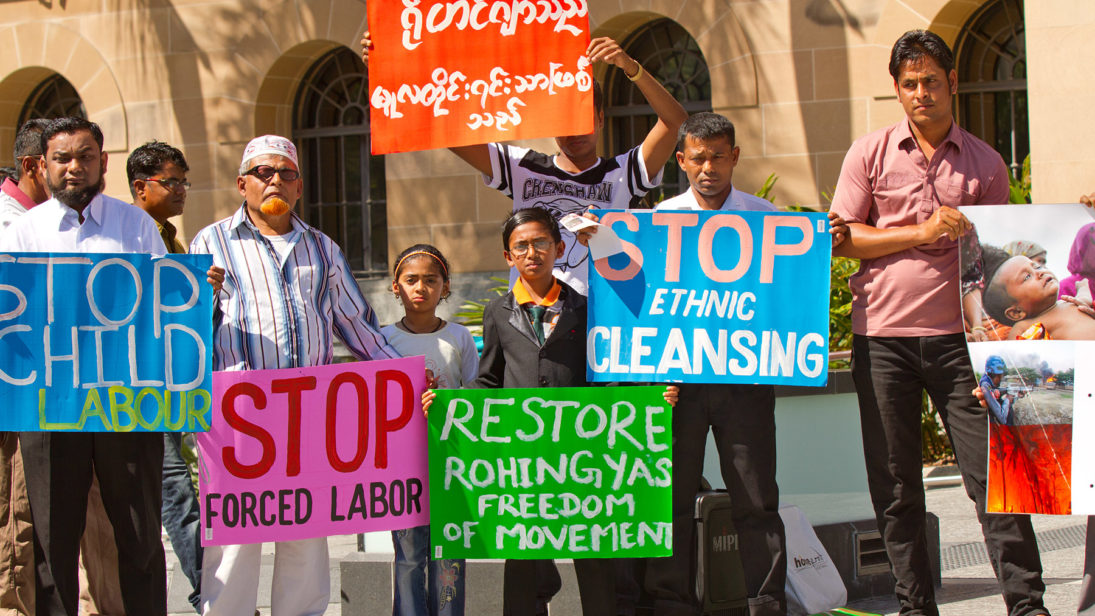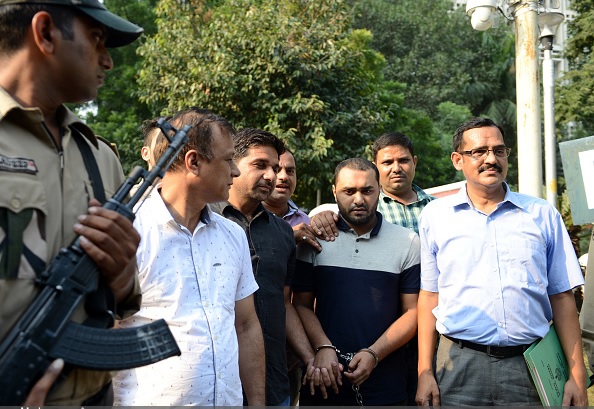
Myanmar’s recent military crackdown on its Rohingya Muslim population has led to an exodus of Rohingyas from the country into neighboring Bangladesh. The government of Myanmar has faced severe condemnation from the United Nations for this “ethnic cleansing.”
By virtue of refugee flows, this issue has spread to India, bringing into question its policy towards the nearly 40,000 Rohingya refugees it houses. The Indian government recently submitted a classified affidavit to the Supreme Court in defense of its plan to deport the Rohingya refugee population. In it, they expounded on the threat posed by the Rohingya due to their alleged ties to terrorist groups based in Pakistan as well as the Islamic State (IS). However, a deeper look at these claims reveals no conclusive evidence against the Rohingya presence in India.
Assessing the Rohingya Terror Threat in India
India’s National Investigation Agency (NIA)’s suspicion about the Rohingya likely stems from the 2014 Burdwan blast in the eastern state of West Bengal in which a Myanmar national named Mohammad Khalid was arrested, among others. Khalid, a Rohingya, confessed to having been trained by the Tehreek-e-Taliban Pakistan and the NIA alleged that he also had ties to Bangladeshi terror organizations such as Jamaat-ul-Mujahideen. Since then, there has been increased scrutiny of Rohingya camps in the country. There have also been concerns about links between Rohingya and Pakistan-based terror groups that target India. For instance, Ataullah Abu Ammar, the leader of Arakan Rohingya Salvation Army (ARSA), grew up in Karachi and returned to the country in 2012, offering groups such as Lashkar-e-Taiba millions in cash for arms, personnel, and tactical support. However, Ammar was shunned by these groups as irrelevant and received no assistance.
New Delhi is particularly concerned about West Bengal, which shares a 2,000 kilometer-long border with Bangladesh, most of which is difficult to oversee. While other states also share borders with Bangladesh, they are significantly smaller land spaces, most of which India has managed to fence over the past few years. There have been reports of Rohingya refugees crossing over the Indo-Bangla border and procuring fake identity documents. This, coupled with the presence of fighters fleeing the crackdown on homegrown terrorism in Bangladesh, has provided further fodder for suspicion. However, no reported arrests have taken place since 2014, implying that the threat, while present, is minimal.
Global Outfits Struggling to Advance in India
The Rohingya crisis has, inevitably, drawn the attention of IS, which in 2014 declared the Rakhine state a “key region for jihad.” However, IS has long been struggling to operationalize its intentions in India, only attracting roughly 100 Indian recruits to travel to its territory in the Levant and Afghanistan since 2014. Compared to the 50,000-strong cadre of guerrilla fighters and militia serving the Maoist cause in India, these numbers are barely a blip on the map.
A possible reason for this dearth of recruits from the Rohingya population is that IS militants typically hail from educated and urban backgrounds. This makes it difficult for IS to target large portions of the Rohingya population in India, which mainly reside in refugee camps or makeshift homes with poor access to basic necessities, let alone technology and the internet, the main method of IS recruitment. The only way the group could recruit these individuals is through direct engagement, a difficult prospect due to the absence of IS sympathizers in India. Given these challenges, an IS-inspired Rohingya-perpetrated attack on Indian territory seems very unlikely.

Al Qaeda, on the other hand, has worked out a more effective Rohingya recruitment strategy via one of its operatives, Samiur Rahman, a Bangladesh-born British citizen who was previously incarcerated in Bangladesh for recruiting Rohingyas in 2014. In 2017, Rahman allegedly tried to enlist refugees in India to send them to Myanmar to fight, an endeavor that ended with his arrest. These overtures were the physical manifestations of the September 12 call for attacks issued by Al Qaeda’s regional affiliate, Al Qaeda in the Indian Subcontinent (AQIS). In this declaration, AQIS specifically called upon “all mujahid fighters in Bangladesh, India, Pakistan, and the Philippines to set for Burma to help their Muslim brothers…to resist this oppression.” However, like IS, the floundering presence of AQIS in India seems to be constraining its ability to take substantial action.
India’s Rohingya Militant Arm: No Real Connection?
Beyond the lack of access to the Rohingya population in India and the constant surveillance of refugee camps by Indian intelligence agencies, global jihadist groups confront another difficulty: ARSA seems to be perception-savvy and has rejected the jihadist label for fear of losing credibility on the world stage as well as condemned groups such as al Qaeda and ISIS.
While a record of relative inactivity does not mean absolute safety, the threat of Rohingya terrorism has arguably been blown out of proportion. Perhaps the greatest proof of the absence of violence from the Rohingya population in India is the hyper-attentive media’s failure to uncover such links. No substantial incident perpetrated by Rohingyas during their five-year presence in the country has been reported by the media, barring around 15 cases of (mostly) petty crimes. The government’s insistence on the security threat posed by the Rohingya could be its way of appeasing its hardline supporters and maintaining an aura of a pro-Hindu party. However, to uphold a moral international image, it is crucial for India to avoid sensationalizing the threat posed by the Rohingya.
***
Editor’s Note: Click here to read this article in Hindi
Image 1: Andrew Mercer via Flickr


